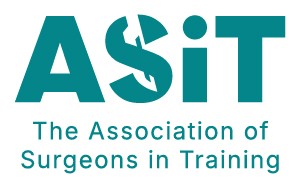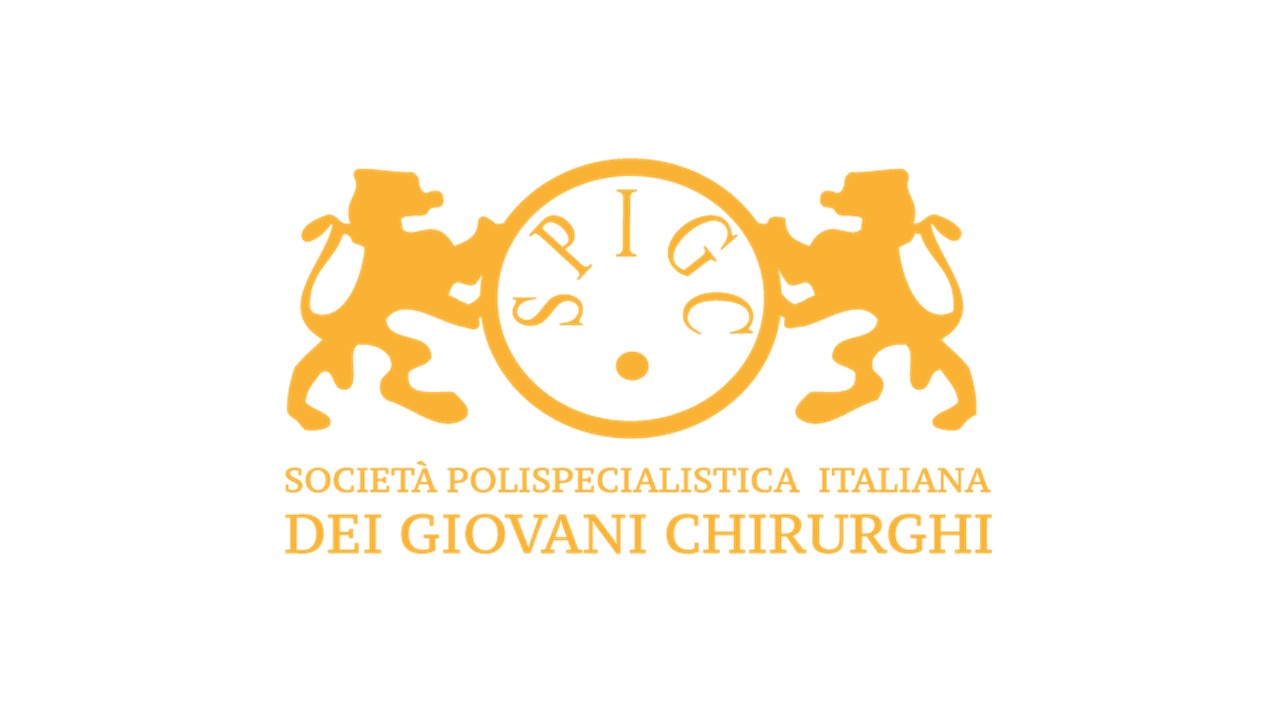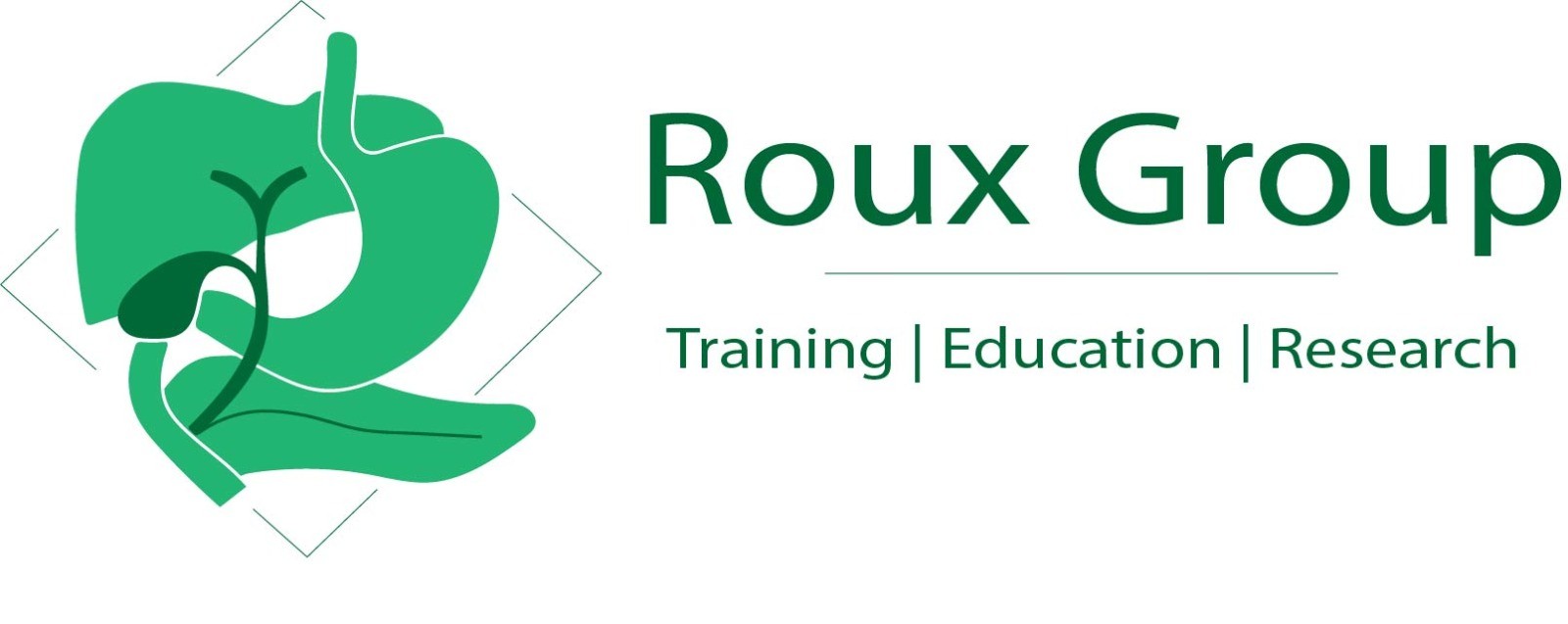Surgical news
Exploring topics relevant to both surgeons and people without medical training, Surgical news is accessible to everyone.
Many patients seek reliable information on the best treatments for surgical diseases, whilst others have a general interest in reading quality articles about surgeons and surgical practice.
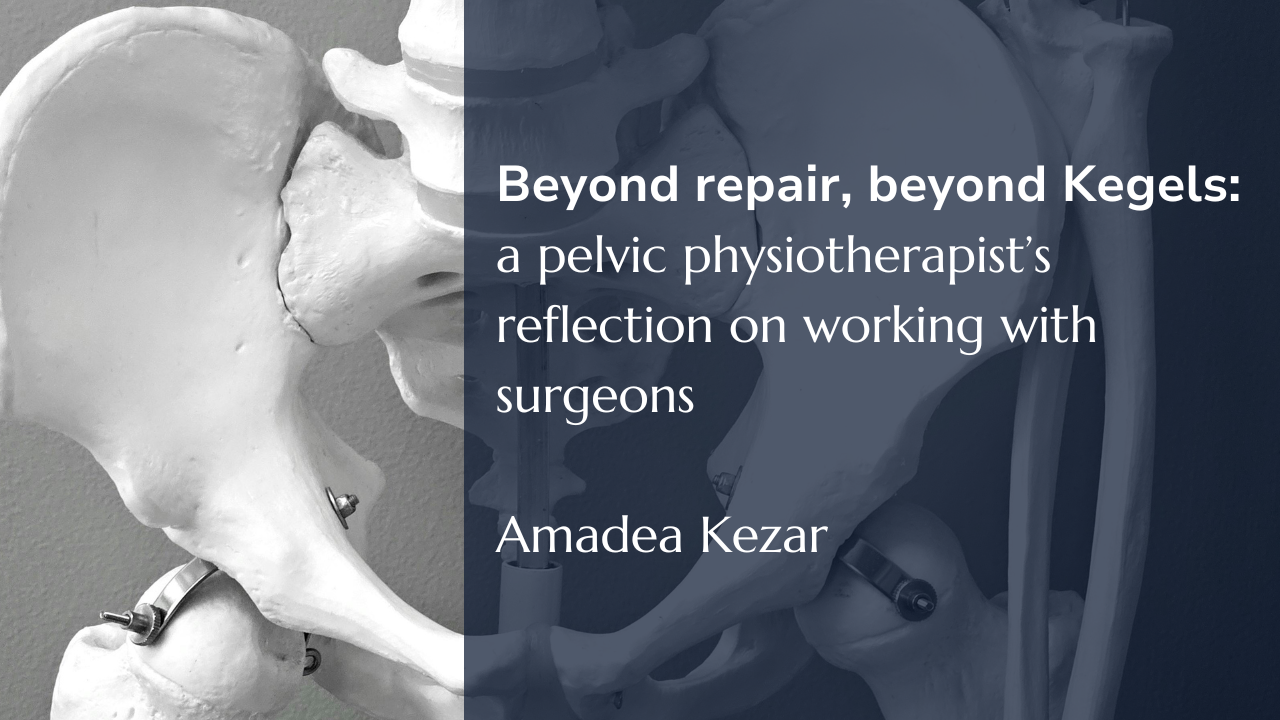
Beyond repair, beyond Kegels: a pelvic physiotherapist’s reflection on working with surgeons
Amadea Kezar
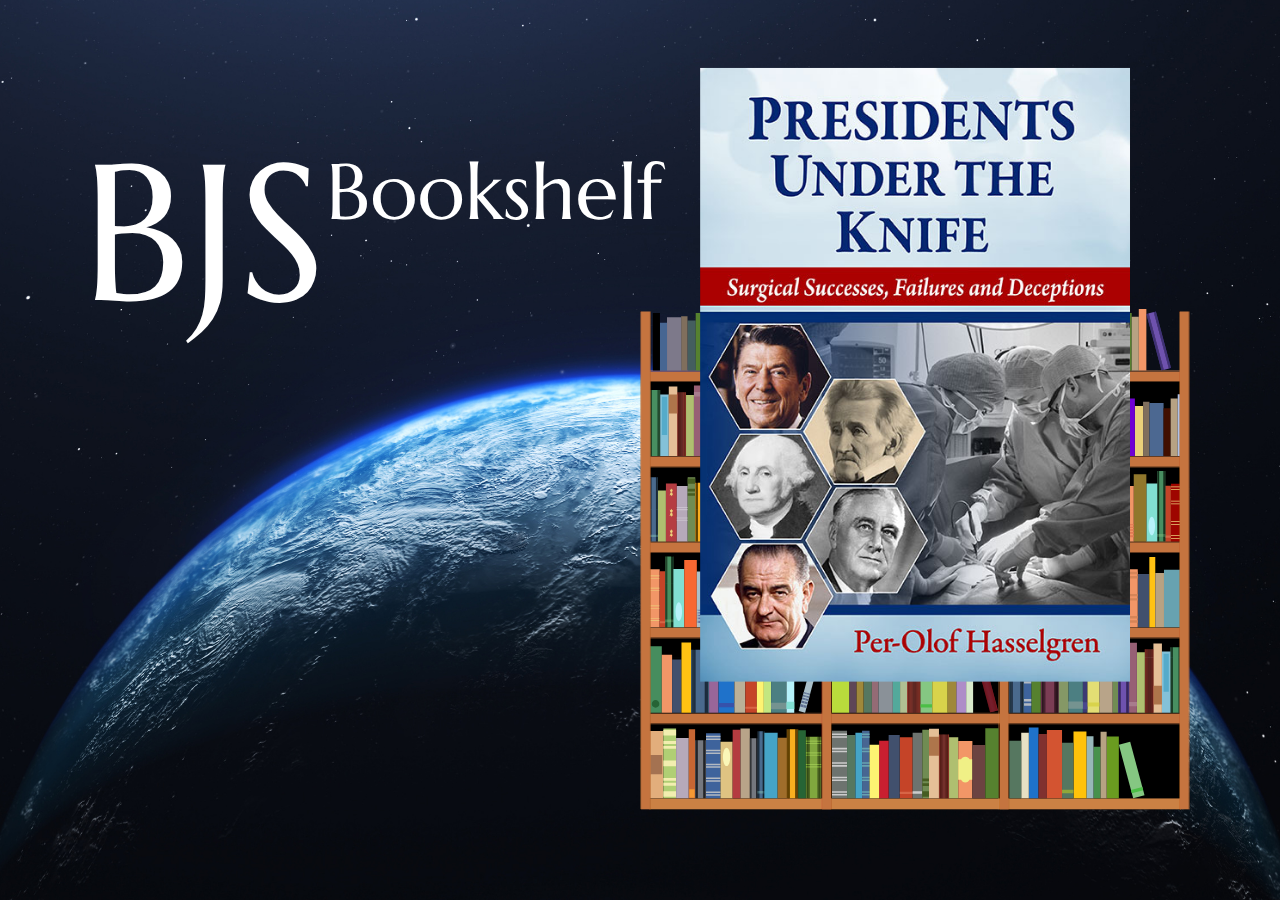
BJS Bookshelf: Presidents Under the Knife by Per-Olof Hasselgren

The case for more surgical x-ray meetings
Dr Paul McCoubrie

Who said nil-by-mouth?
Dr Helgi Johannsson
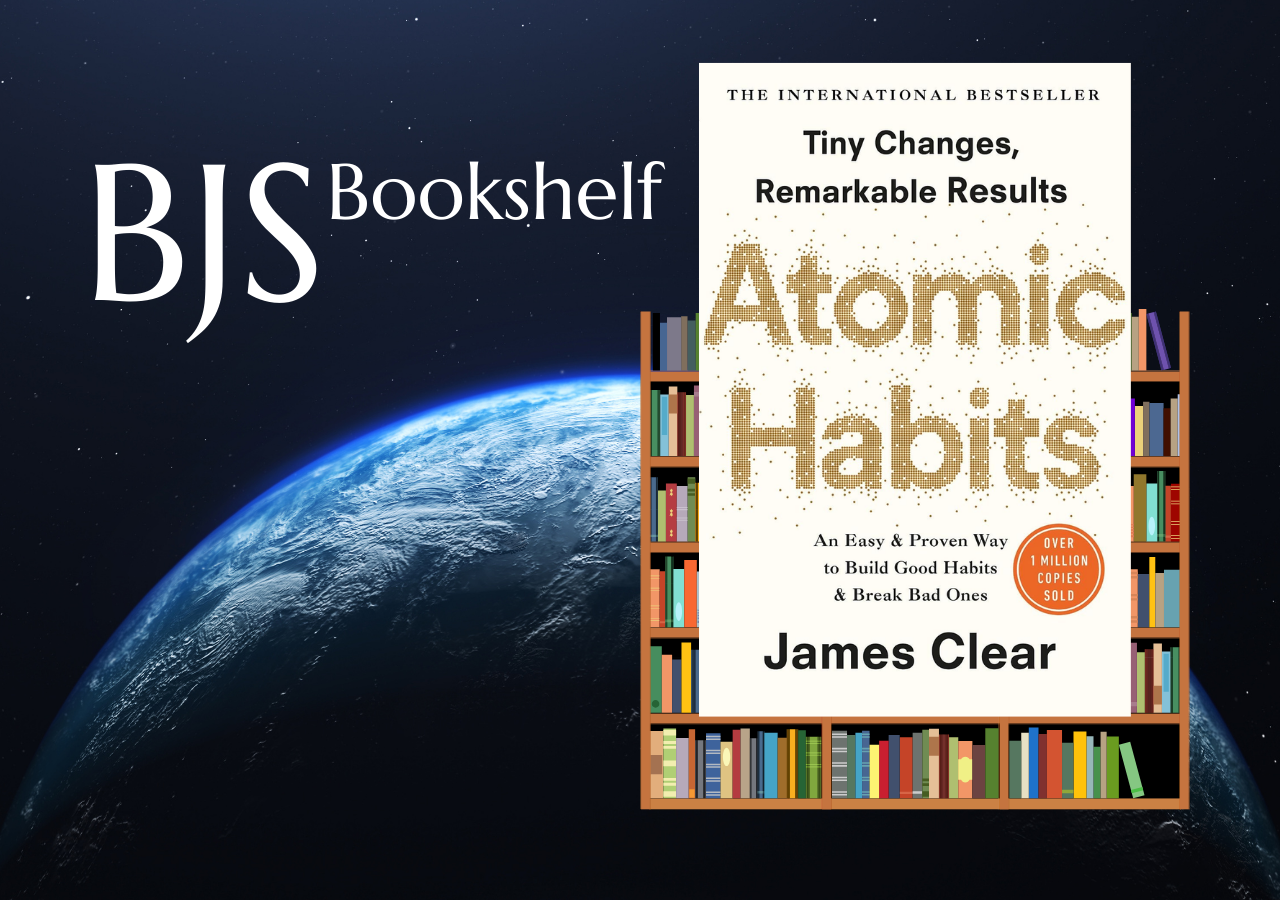
BJS Bookshelf: Atomic Habits by James Clear
Dr Wissam Benhami
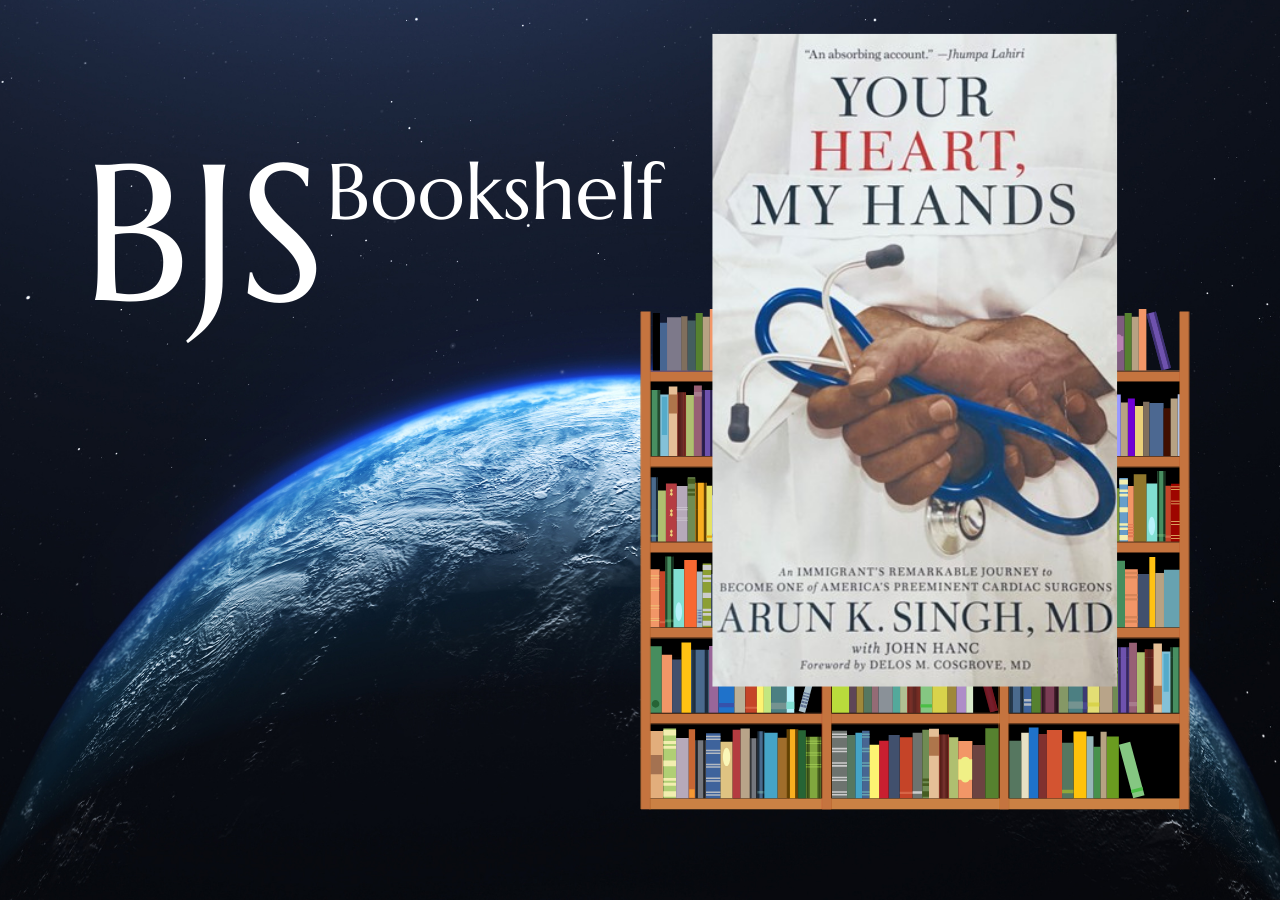
BJS Bookshelf: Your Heart, My Hands by Atul K. Singh, MD
Saarim Bari

Decision paralysis
Dr Paul McCoubrie

I’m exhausted
Dr Paul McCoubrie
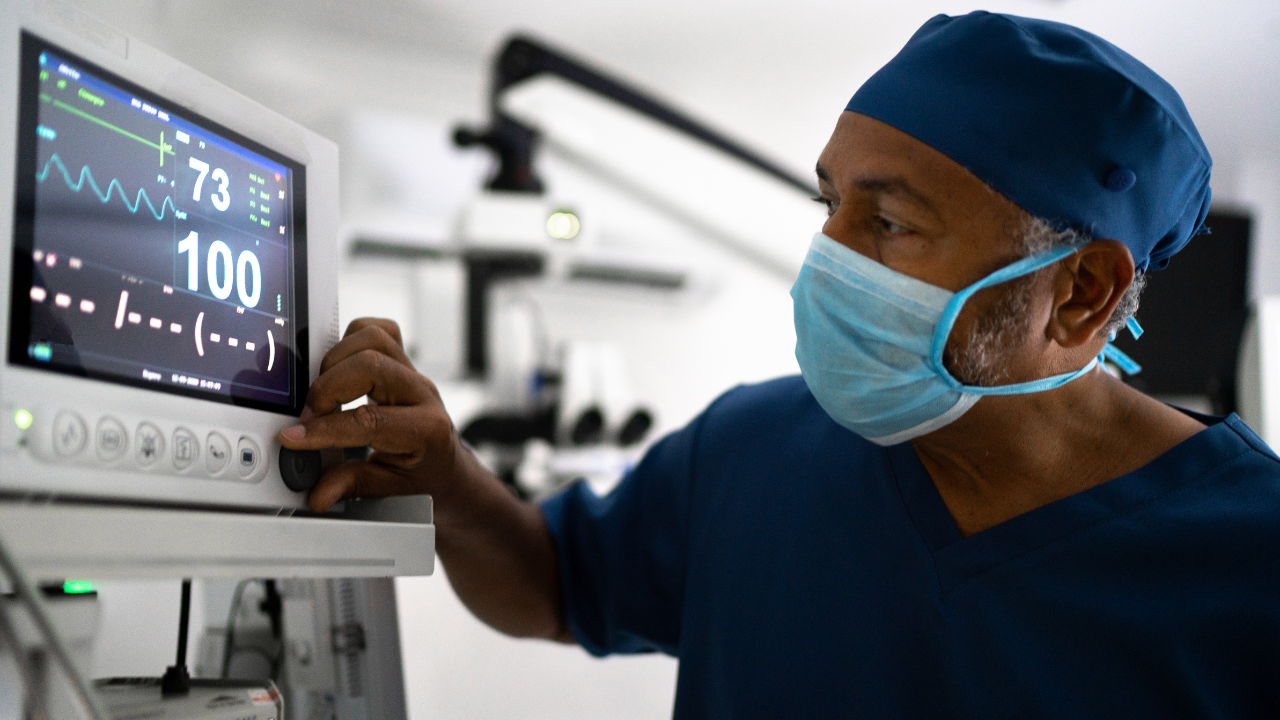
The other side of the barrier
Dr Helgi Johannsson

A view from the coffee room...Academic craving for praise: vanity or simple human nature?
Dhananjaya Sharma, MBBS, MS, PhD, DSc, FRCS, FCLS (Hon), FRCST (Hon)
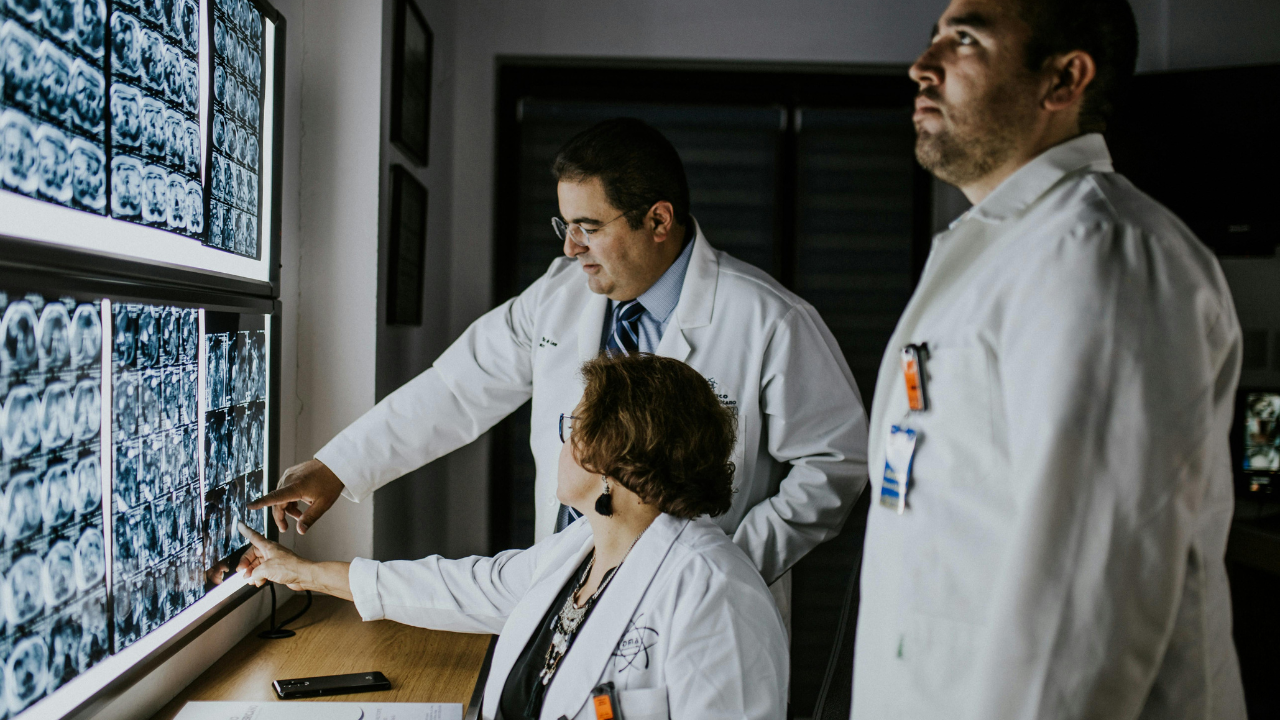
Clinical examination is dead
Dr Paul McCoubrie

A surgical life by James Shapiro
A.M. James Shapiro, MD PhD

A view from the coffee room...How to retire gracefully: 10 commandments for surgeons
Dhananjaya Sharma, MBBS, MS, PhD, DSc, FRCS, FCLS (Hon), FRCST (Hon)

A view from the coffee room…on the friendship between residents
Virve Koljonen MD, PhD

A view from the coffee room…When you are feeling down and you are an introvert, and someone asks you for your mini autobiography (and other benefits)
Virve Koljonen MD, PhD

View from the coffee room…LARPing ChatGPT
Virve Koljonen MD, PhD
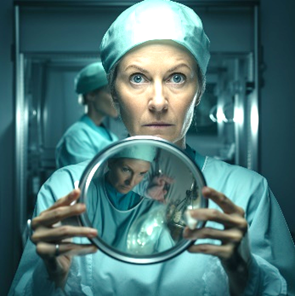
A view from the coffee room… on communication in the OR
Virve Koljonen MD, PhD
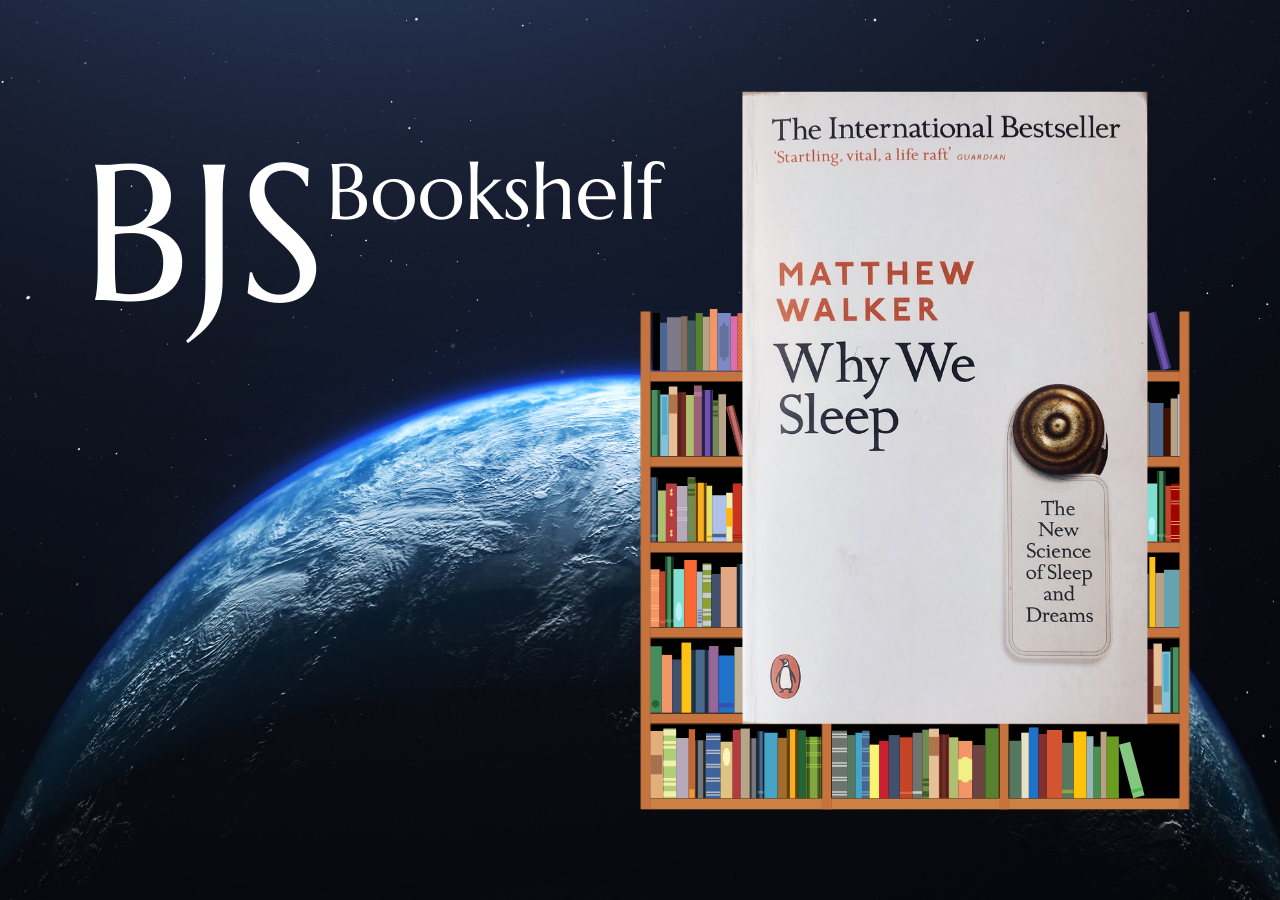
BJS Bookshelf: Why We Sleep by Matthew Walker
Begum Pekbay
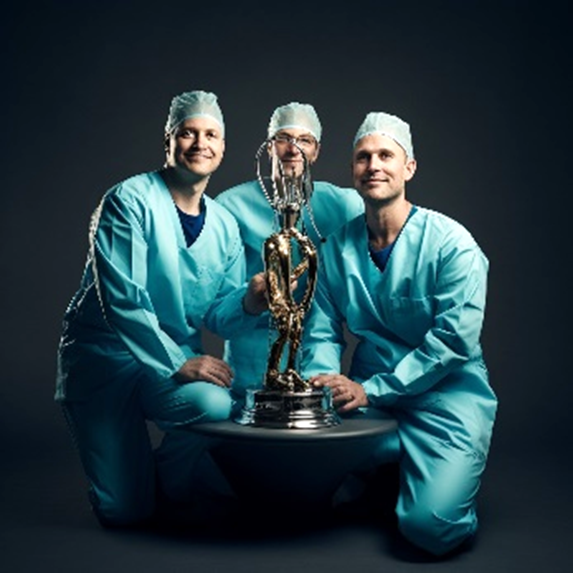
A view from the coffee room…What every surgeon should know about spontaneous interjection exclamations
Virve Koljonen, MD, PhD
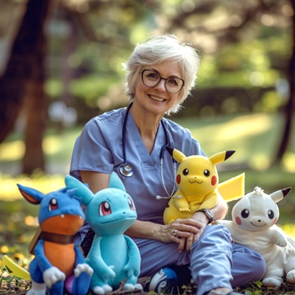
A view from the coffee room… Pokémon vs. Predator
Virve Koljonen, MD, PhD
Department of plastic surgery
Helsinki University and Helsinki University Hospital
Helsinki, Finland
@plastiikkaope
I am a big fan of Pokémon Go. I play it regularly and by that, I mean, every day. The inventiveness of the appearance of Pokémon characters and their witty back stories appeal to me. It is nice to look at a new character and try to find out its real-world counterpart. Further, the structure of the game is to collect as many as possible Pokémon or walking a certain amount of kilometers doing projects within the specified time, perfectly aligning with my competitive personality. Some time ago I was browsing through the medical literature. I am always trying to keep up with new literature, although nowadays it is very difficult. It has been estimated that medical knowledge doubles in just 73 days 1. I do really miss those golden old days when you just did a brisk walk to the library to find what you were looking for. I cannot overestimate my joy when I found out that my favorite leisure time hobby, Pokémon go was employed to expose predator publishers2! Pokémons have helped to reveal that predatory publications have no peer review, nor editing, and what is most choking, not even a reality check2. I am not going the reference these publications, since I feel that the journal gets undeserved glory for including them in the reference list. However, I will walk you through some of these genius publications. For the purposes of this article, I also made AI images in the Pokémon go -style.
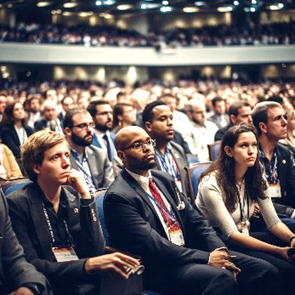
A view from the coffee room… congress abstracts – good science or bad science?
Virve Koljonen, MD, PhD
Department of plastic surgery
Helsinki University and Helsinki University Hospital
Helsinki, Finland
@plastiikkaope
I vividly remember when attending congresses was in real life only. Today that seems like another reality. I do remember the awkward moments, when I had like one microsecond to decide how to greet my congress acquaintances. Should I greet them with familiarity, or formally, or just casually wave my hand when walking by. As a person coming from a northern country, apart from choosing the right way to greet acquaintances, another custom of the continental Europe is causing me quite a lot of anxiety: air kisses. Which cheek comes first and how many are appropriate, because I don’t want to seem like a stalker, and what if I accidentally belch simultaneously. So many things to consider and be afraid of. Traditionally the success of congresses have been measured by the number of participants and by the number of abstracts 1. This obviously translates to money made by the organizing entity. Before the advent of internet, medical congresses were truly occasions where top scientific innovations were presented, new techniques were introduced, and with a chance to learn from experts 2. Nowadays knowledge is available for anyone at anytime and anywhere. Of course, I will not dismiss the value of face-to-face interactions, that has led to great innovations and is personally meaningful to those participating in such actions. What about the keynote speakers – superstars of their specialty. The more famous the keynote speaker, the more attractive congress is likely to be. In social media, there are events that are called meet-and-greet events. By definition, these events are arranged so that a famous person i.e. influencer can meet and talk to the people. Or is it vice versa actually. Meet-and-greet events are not quite the normal fan event, but almost. Well, to me it sounds a lot like inviting keynote speakers.

A view from the coffee room…let’s call it creativity rehabilitation break
Virve Koljonen, MD, PhD
Department of Plastic surgery
Helsinki University and Helsinki University Hospital
Helsinki, Finland
@plastiikkaope
A little while ago, I was supposed to write an editorial. I had the perfect concept. Ideas cruised in my mind and the best ideas took parking lot in my left cerebral hemisphere and started having a life of their own. I booked time – the whole weekend for myself – psyched myself during the previous week, did reference search and even printed some articles. I had three litres of diet cola in the refrigerator. And then, nothing happened – zero, nix, nada, zip. I experienced a Nietzschean moment; I stared at the white document on my computer screen, and I swear to you, the white document stared back. I have been around the block quite a few times so to say by the Merriam-Webster definition. So, this was not a new experience to me. Everyone who writes, whether it’s scientific manuscript, thesis, grant application or some other forms of academic writing, has come across this potentially frightening situation. White paper syndrome, blank page syndrome, writer´s block, white page terror … Monochrome eponyms and all so negative. Syndrome, terror and block. This does not sound good. Writer´s block – the term – was invented by Bergler in 19471 and basically it means inability to write, either to start or continue writing. An important feature in diagnosing writer´s block is that it causes feelings of overwhelming anxiety. Let us familiarize with another term relevant to this topic: procrastination. The difference between writer’s block and procrastination can be traced back to sitting, translated as a continuous period of being seated, especially when engaged in a particular activity. A person experiencing writer’s block is sitting in front of the desk whereas a procrastinator is doing anything else but sitting at the desk2. This is the best definition I could find. Having said that I must acknowledge that standing desks and sit-stand working stations have many health benefits3, 4.
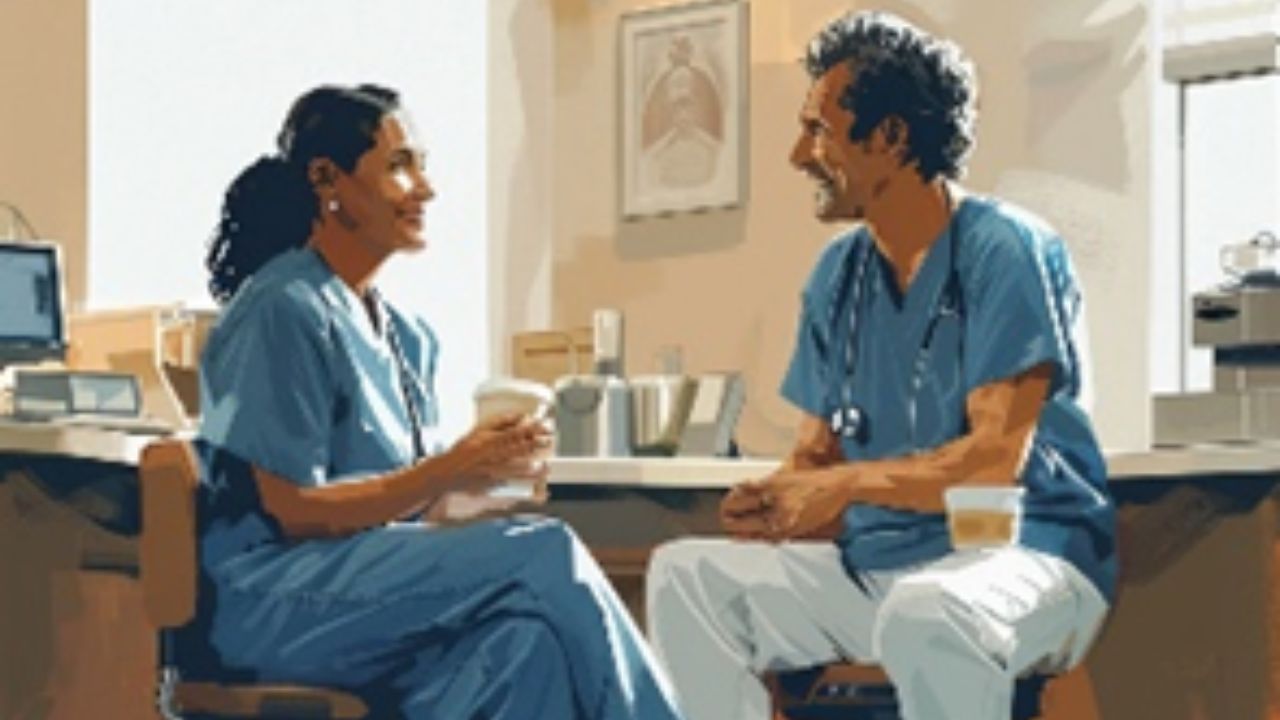
A view from the coffee room…women do it better
Virve Koljonen, MD, PhD Department of Plastic surgery Helsinki University and Helsinki University Hospital Helsinki, Finland @plastiikkaope
Since ancient Egypt and ancient times, there have been female surgeons.1 The earliest image of a female surgeon at work was found in the tomb of Ramses II.2 The papyri that survived to the present day show that medicine and surgery in ancient Egypt was systematic, although it was infiltrated with magic and religion. It has been suggested that in ancient Egypt there were medical specialties and specialised physicians.3 Women surgeons played an active role in the development of surgery and medicine. Women surgeons operated on breast tumours, treated wounds, placed bone fractures in the correct position, performed births, and performed caesarean sections1. So, everything was going pretty smoothly until the Middle Ages came. The Middle Ages were not a good time for women surgeons. Women were prevented from training as doctors and surgeons. This has been attributed to male-dominated church and state rulers, which led to a deterioration in the position of women physicians, surgeons, and women1 overall. Women, together with carpenters, smiths and weavers were banned practising surgery and taking part in the Company of Barbers and Surgeons.1 During the Middle Ages, however, there were a couple of exceptional cases when a woman was allowed to practice her profession as a surgeon; if they were found qualified by a “competent” jury.4 Hey, did we just accidentally find the basis for current competency-based specialisation? Another career path for women to achieve the profession of surgeon was death of surgeon husband. Widows of surgeons, were allowed to practice surgery.4 That is, inherit the profession. Fortunately, women continued to practice our profession.
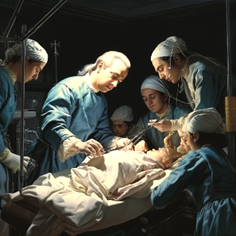
A view from the coffee room…Mozart or Metallica in the OR
Virve Koljonen, MD, PhD Department of Plastic surgery Helsinki University and Helsinki University Hospital Helsinki, Finland @plastiikkaope
Some 5 years ago, or was it 12 years ago I remember reading on the internet, or maybe it was in some chat forum, well anyway. So, I read a question from patient, that has echoed in my mind all these years. I cannot give you link or reference, so you just must trust me on this. The question was: “I thought my surgeon was fine gentleman, until I was in the OR, and he listened to country and western music. This ruined my experience; why didn’t he listen to classical music? Can I trust him?” For some reason, in the movies and tv-series, the OR is always portrayed with peculiar lighting – you know, pitch dark room and only one spotlight to the operating area and classic music playing in the background. And the surgeons and nurses are talking about complex patient cases. Strangely enough in many of these discussions the surgeon and OR nurses seem to talk are about internal medicine patients and cases. We all know that this cannot be further from the truth. On second thoughts, maybe it’s good to keep it this way, to maintain the mystery of OR. The idea of using music to relax anxiety in patients is not new. An article published in the year 1950, states that as early as 1944, a portable radio was installed into plastic surgery operating and dressing rooms.1 The article continues that after opening the radio, “the comfort and composure of our patients was apparent immediately, their fears were allayed for minds were diverted and occupied by the music rather than the thought of the operation.”1 WHY don’t we write like this anymore! Nowadays this would be something like: the positive effect of music on the patient´s self-reported negative emotions were noted within an average of 3 minutes (range 0 – 30 minutes), by the Music Before Operation (MBO) Questionnaire (*I made this one up), that patients taking part in the survey completed whilst giving written informed consent before their surgery.

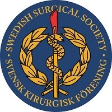






.jpg)
